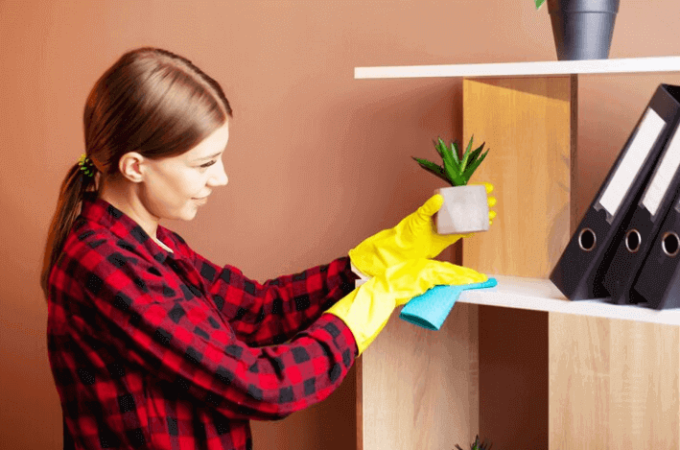
Pool Cue Tips: What Is the Best Choice for You?
Pool cue tips are an essential component of a billiards player’s equipment. These small, often overlooked pieces at the end of a cue stick play a significant role in the game’s outcome. Choosing the right pool cue tip can greatly impact your accuracy, spin control, and overall performance on the table.
Introduction to Pool Cue Tips
What are pool cue tips?
Pool cue tips are the small, rounded pieces of material affixed to the end of a cue stick. They come in various materials, each offering different playing characteristics and performance attributes.
Why picking the right pool stick tip is important.
The pool cue tip is the point of contact between the cue and the cue ball. Its condition and material greatly affect how the cue interacts with the ball, influencing factors such as spin, cue ball deflection, and shot accuracy.
Types of Pool Cue Tips
There are three primary types of pool cue tips: leather, phenolic, and layered.
Leather cue tips
Leather cue tips are the traditional choice for pool players. Made from layers of leather, they offer excellent control and feel.
Phenolic cue tips
Phenolic cue tips are constructed from a high-density resin compound. They are known for their durability and minimal deformation upon impact.
Layered cue tips
Layered cue tips consist of multiple layers of leather or synthetic materials laminated together. They aim to combine the best characteristics of both leather and phenolic tips.
Things to Take Into Account Before Selecting a Pool Cue Tip
Several factors should influence your decision when selecting a pool cue tip.
Skill level
Beginners may prefer softer tips for enhanced control, while advanced players might opt for harder tips for more precise shotmaking.
Playing style
Your playing style, whether aggressive or finesse-oriented, will dictate the type of cue tip that best suits your needs.
Budget
Consider your budget when choosing a pool cue tip, as prices can vary significantly depending on the material and brand.
Leather Cue Tips: Pros and Cons
Advantages
- Excellent feel and control.
- Affordable price point.
Disadvantages
- Prone to wear and tear.
- Requires frequent maintenance.
Phenolic Cue Tips: Pros and Cons
Advantages
- Exceptional durability.
- Minimal deformation.
- Consistent performance over time.
Disadvantages
- Lack of “feel” compared to leather tips.
- Higher price point.
Layered Cue Tips: Pros and Cons
Advantages
- Combines characteristics of leather and phenolic tips.
- Enhanced durability compared to traditional leather tips.
Disadvantages
- May lack the feel of traditional leather tips.
- Higher price point than standard leather tips.
Comparison of Different Pool Cue Tips
When comparing pool cue tips, consider factors such as performance, durability, and maintenance requirements.
Performance
Phenolic tips offer excellent consistency and minimal deformation, making them ideal for precise shotmaking. Leather tips, on the other hand, provide superior feel and control but may require more frequent maintenance.
Durability
Phenolic and layered tips tend to outlast traditional leather tips due to their resistance to wear and tear.
Maintenance
Leather tips require regular shaping and scuffing to maintain optimal performance, while phenolic and layered tips have minimal maintenance requirements.
Choosing the Best Pool Cue Tip for You
Ultimately, the best pool cue tip for you will depend on your personal preferences and playing style. Consider experimenting with different types of tips to find the one that suits you best.
Maintaining Your Pool Cue Tip
Regardless of the type of cue tip you choose, proper maintenance is essential to ensure optimal performance and longevity.
Cleaning tips
Regularly clean your cue tip with a damp cloth to remove chalk residue and dirt buildup.
Storage tips
Store your cue stick in a protective case when not in use to prevent damage to the tip and shaft.
Conclusion
Selecting the right pool cue tip is crucial for maximizing your performance on the billiards table. Whether you prefer the feel of traditional leather or the durability of phenolic, choosing a tip that suits your playing style and preferences is key to success.
FAQs
1. When should I get a new tip for my pool cue?
- It depends on factors such as frequency of play and maintenance habits, but on average, a cue tip should be replaced every 6-12 months.
2. Can I replace my cue tip myself?
- Yes, with the right tools and knowledge, replacing a cue tip can be done at home. However, it’s recommended to seek professional assistance if you’re unsure.
3. What is cue tip compression?
- Cue tip compression refers to the amount of force required to compress the tip upon contact with the cue ball. Softer tips compress more easily, while harder tips require more force.
4. How do I know if my cue tip needs reshaping?
- If you notice inconsistencies in your shots or a loss of cue ball control, it may indicate that your cue tip needs reshaping.
5. Can I use any type of cue tip for cue sports other than pool?
- While cue tips are primarily designed for use in pool, some tips may also be suitable for other cue sports such as snooker or billiards. However, it’s essential to choose a tip that matches the specific requirements of your chosen game.
Visit our website for more. Click here: “Quick Trend Insights“.





